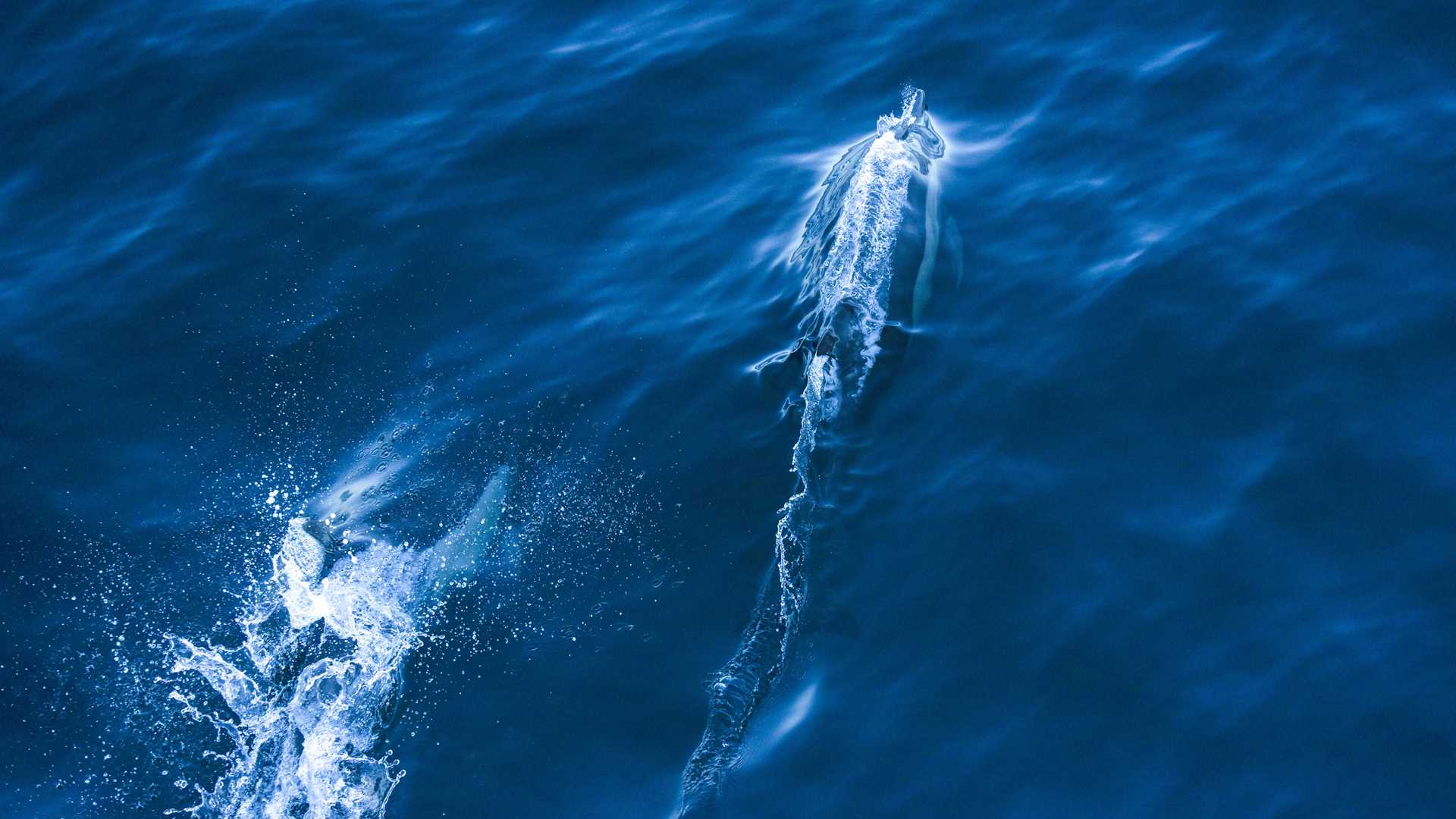There is no better place to wake up than on a ship in the Pacific Ocean. Last night, National Geographic Venture rounded Land’s End – the southern tip of the Baja California peninsula – and began the trek north towards the gray whale mating lagoons. As the sun rose over the mountains of the cape region, we were greeted with common dolphins interested in riding the pressure wave produced by National Geographic Venture’s bulbous bow. Interesting varieties of seabirds circled the ship, including masked boobies and shearwaters that we hadn’t seen while in the Gulf of California. Keeping our eyes peeled for the first gray whale sighting of the voyage, we saw many blows of humpback whales making their way south towards Cabo.
In the afternoon, everyone went ashore for a beach day on Isla Magdalena. Walking for what felt like much more than half a mile over sand dunes, we all enjoyed the plethora of sand dollars and other seashells scattered along the Pacific Coast of the island before heading back to the ship for cocktail hour.







